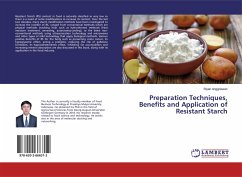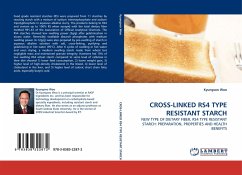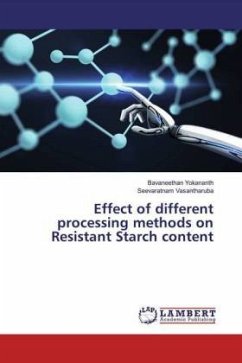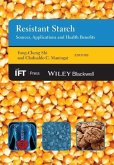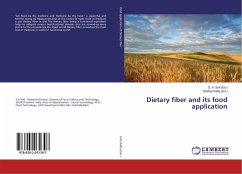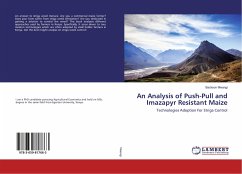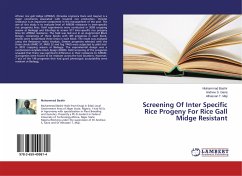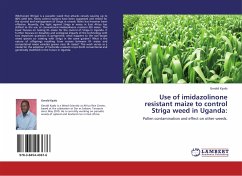Resistant Starch (RS) content in food is naturally classified as very low so there is a need of some modifications to increase its content. Over the last two decades, many starch modification methods have been investigated to increase the number of RS, ranged from conventional methods which are physical methods involving heat such as hydrothermal methods (heat moisture treatment, annealing, autoclaving-cooling), to the latest non-conventional methods using ultrasonication technology and microwaves and other types of mild technology that apply biological methods. Various positive benefits of RS for the body such as preventing colon cancer, its hypoglycemic effect, acting a prebiotic, reducing the risk of gallstone formation, its hypocolesterolemic effect, inhibiting fat accumulation and increasing mineral absorption are also discussed in this book, along with its application in the food industry.
Bitte wählen Sie Ihr Anliegen aus.
Rechnungen
Retourenschein anfordern
Bestellstatus
Storno

